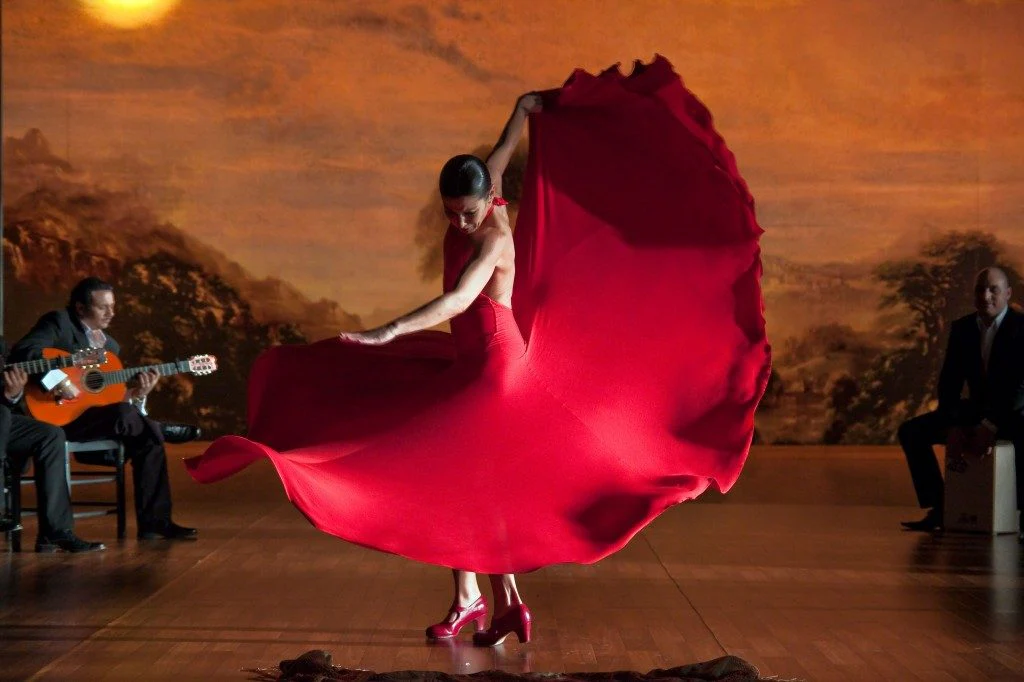justjlm.org – Flamenco is not just a dance; it’s a vibrant expression of Spanish culture, a fusion of music, song, and dance that has captivated audiences worldwide. Originating in the southern regions of Spain, particularly in Andalusia, Flamenco has evolved over centuries, blending various cultural influences to become an emblematic art form of Spain.
The Origins of Flamenco
The roots of Flamenco are as complex and rich as the dance itself. Scholars believe it emerged from the intermingling of various cultures, including the indigenous Andalusians, the Roma (Gypsies), Moors, and Sephardic Jews. This cultural melting pot, combined with influences from Africa and the Americas, contributed to the unique sound and style of Flamenco.
The Elements of Flamenco
Flamenco is a trinity of art forms: cante (singing), toque (guitar playing), and baile (dance). Each element is crucial to the performance, and together, they create a powerful and emotional experience.
Cante: The Soulful Singing
Cante jondo, or deep song, is the heart of Flamenco. It’s characterized by its deep, emotive quality, often expressing themes of love, longing, and sorrow. The singer, or cantaor, uses their voice to convey raw emotion, connecting directly with the audience.
Toque: The Rhythmic Guitar
The guitarist, or tocaor, provides the rhythmic backbone of Flamenco. The Flamenco guitar is played with passion and precision, its strings strummed and plucked to create intricate melodies and rhythms that complement the dance and singing.
Baile: The Expressive Dance
The dancer, or bailaor/bailaora (male/female), is the visual representation of Flamenco. With intricate footwork, expressive hand and arm movements, and powerful body language, the dancer tells a story, embodying the soul of the music. The dance is both graceful and fiery, a balance of control and abandon.
The Evolution of Flamenco
Over the years, Flamenco has evolved, adapting to changing times while retaining its essence. It has seen periods of suppression and resurgence, each phase contributing to its rich history. Today, Flamenco is celebrated globally, with festivals, schools, and performances showcasing the art form’s enduring appeal.
The Cultural Significance of Flamenco
Flamenco is more than just entertainment; it’s a reflection of Spain’s history and identity. It speaks to the struggles, joys, and passions of the Spanish people, particularly the Roma community, who have played a significant role in its development.
Experiencing Flamenco
To truly appreciate Flamenco, one must witness it live. The energy, the emotion, and the connection between the artists and the audience create a unique experience that cannot be replicated through recordings. Whether in a small tablao (Flamenco venue) in Seville or on a grand stage, Flamenco has the power to move and inspire.
Conclusion
Flamenco is a testament to the enduring spirit of Spanish culture. It’s a passionate, emotional art form that continues to captivate and evolve. Whether you’re a seasoned aficionado or a curious newcomer, Flamenco offers a glimpse into the soul of Spain, inviting you to feel, to move, and to celebrate the beauty of human expression.
